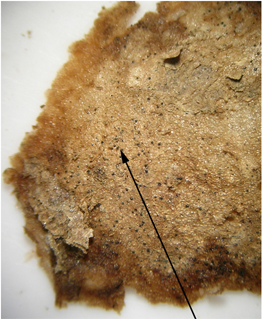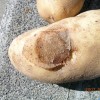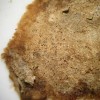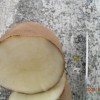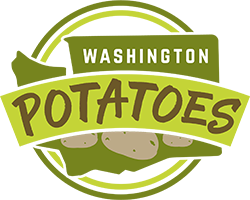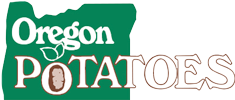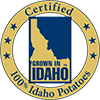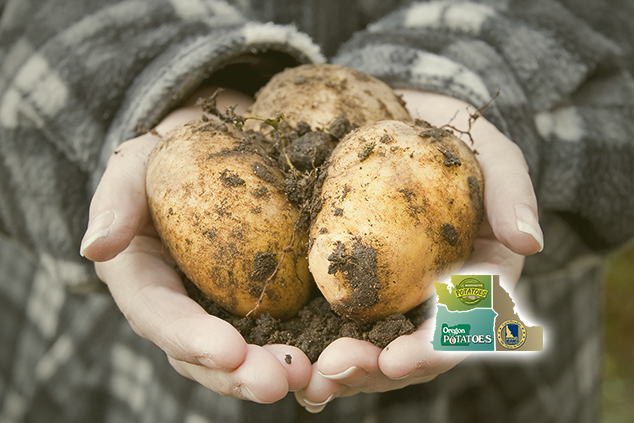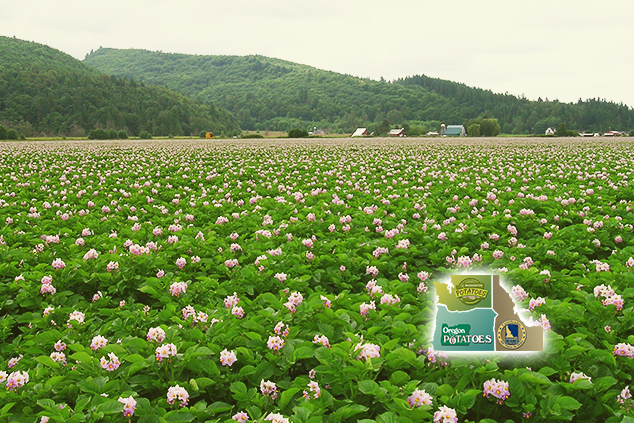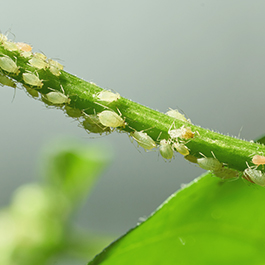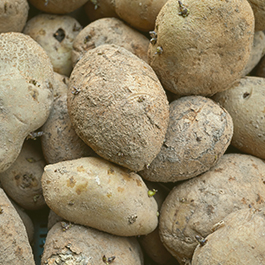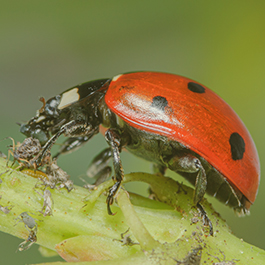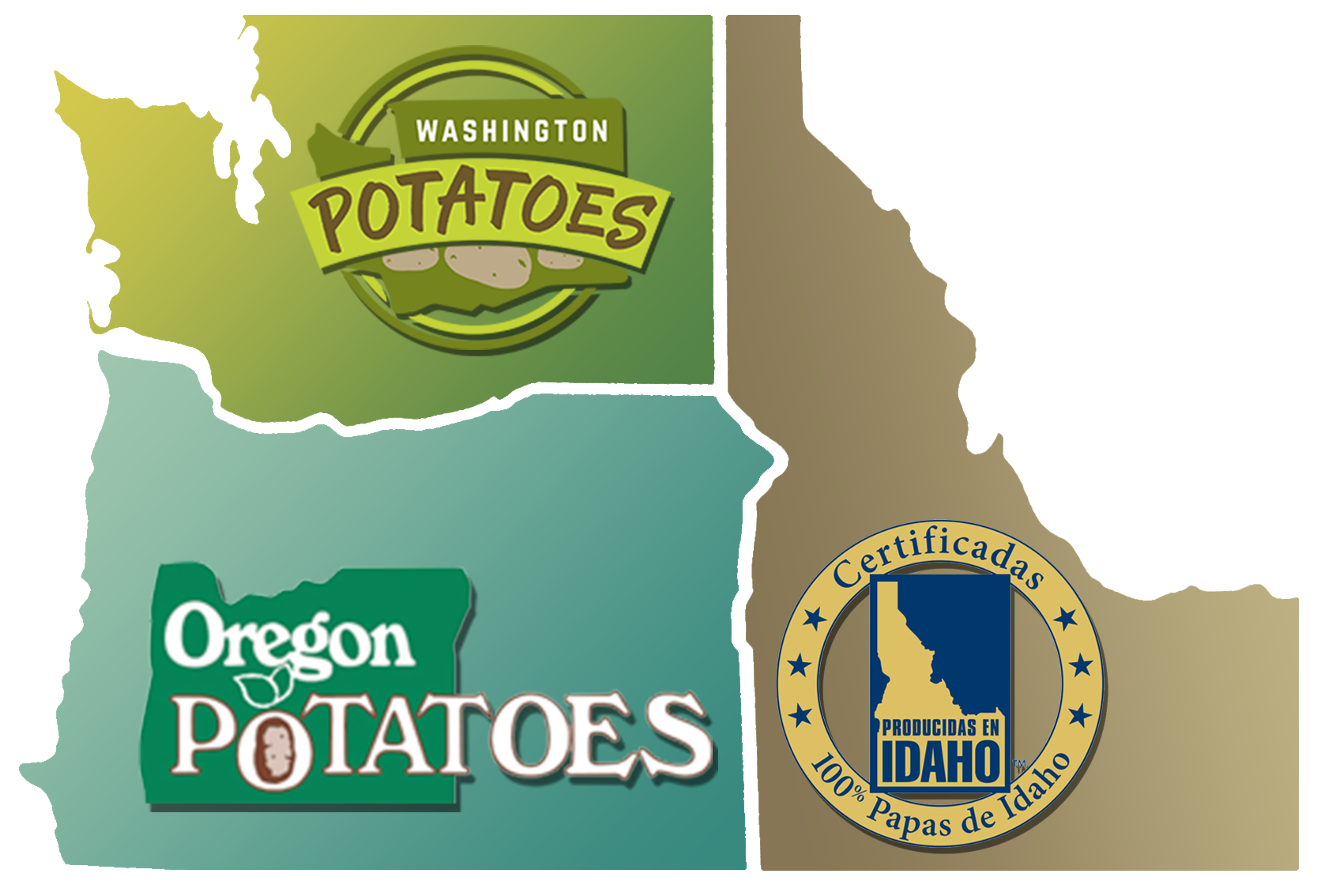Black Dot
Causal Agent:
Colletotrichum coccodes
Biology:
Pathogen of potato and relatives such as nightshades, tomato, and pepper. Overwinters in soil on plant debris or non-harvested tubers. Affected tubers occur consistently in some fields.
Dispersal:
Seed tubers are commonly infected, and provide the most common way that black dot moves from field to field. Once soils are infested, they remain infested for some time.
Management:
- Avoid planting infected seed.
- Maintain good crop rotations of at least 3 years out of potato and other plants in the Solanaceae.
- Maintain good crop fertility and soil health.
- Promote good root health by not overwatering and avoiding soil compaction.

